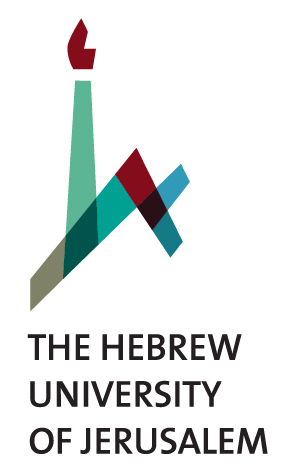About Us
The Louis Frieberg Center for East Asian Studies, founded in 2006, is an interdisciplinary forum at the Hebrew University of Jerusalem. The center promotes the teaching, research and discussion of East Asian subjects, and links the academy to the wider public so that a diverse group of people and scholars can exchange ideas across disciplinary boundaries.
Fellowships
The Louis Frieberg Center for East Asian Studies offers a variety of scholarships and research grants, including post-doctoral fellowships as well as travel and research grants to advanced students and faculty.
The center's website also publishes other East Asian scholarship from various sources. Please check individual listings for requirements and eligibility.
For opportunities at HUJI- PhD, Post-Doctoral Fellowships and much more see http://international.huji.ac.il
Frieberg Post- Doctoral Fellowships 2025-2026
Current Fellows

I work on the history of science in Modern China. My research is motivated by the question of how “ordinary people” interact with science – both as an idea and a practice. I focus on science and nationalism, public discourse on science, and the intersections of scientific knowledge and daily life. I am currently revising my dissertation, “Making Science Popular: Readers, Nation, and the Universe in Chinese Popular Science Periodicals, 1933 – 1952” into a book manuscript. Additionally, I am interested in the gendered aspects of scientific labor in the People’s Republic of China, and in contemporary science dissemination on social media platforms.

Sinai Harel, is a postdoctoral fellow at the Louis Frieberg Center for East Asian Studies and the Seymour Fox School of Education in the Hebrew University of Jerusalem, specializing in gender and sexuality within the Japanese Educational System. As a recipient of the MEXT scholarship, she completed her doctoral studies at Osaka University, where she explored the gender consciousness and careers of high school female-teachers. Currently, she studies public media discourses on gender and sexuality education in Japan, alongside a researchproject in partnership with the Israeli Institute for Gender Equity in Education, co-designing tools with elementary school teachers to promote gender-equitable skill development.
Upcoming Events
Publications
Newsletters
































